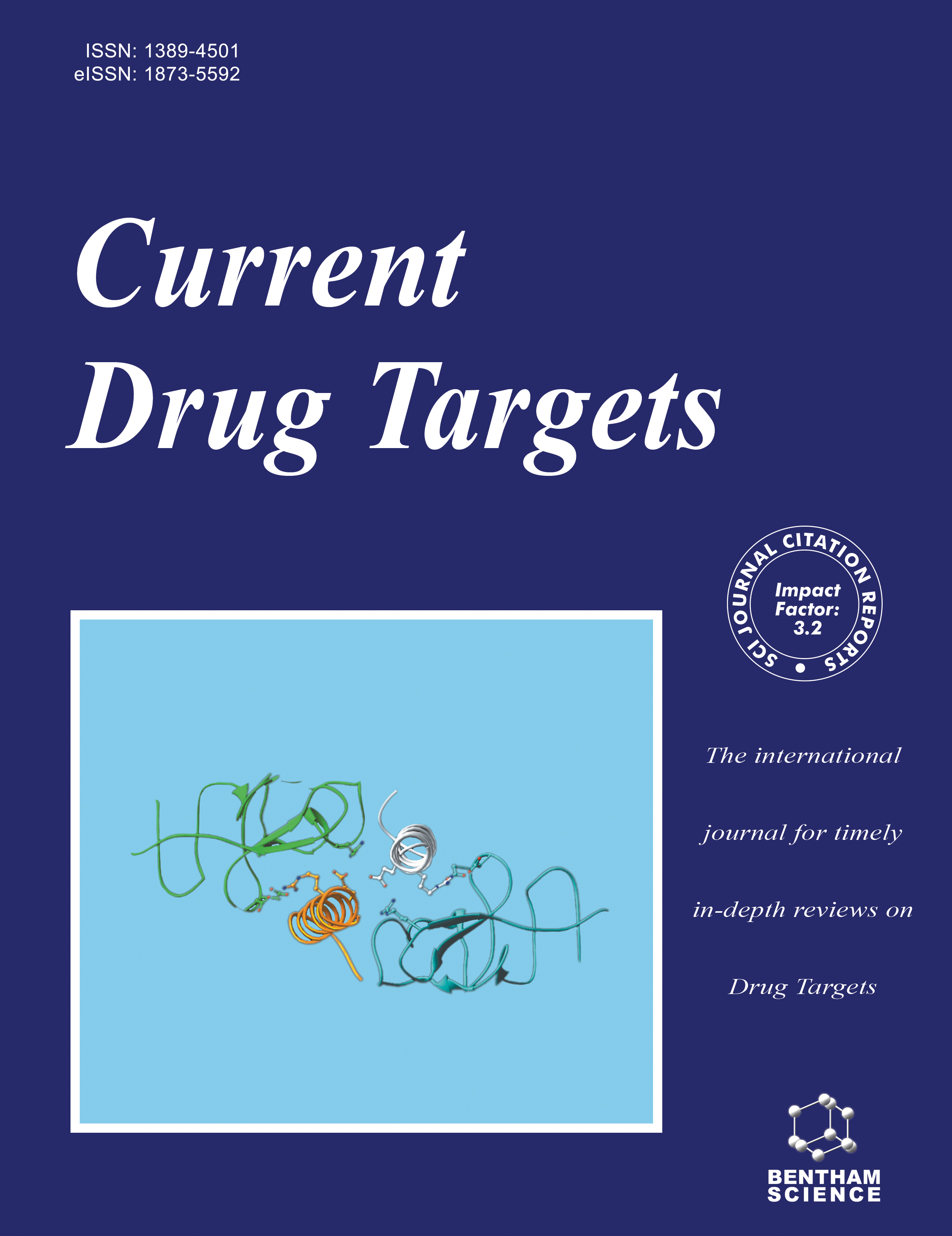
Full text loading...
Several fibroblast growth factors are expressed in the developmental stage, while others are present in adults. They are vital in maintaining cellular homeostasis and signaling important cellular functions, such as regeneration and growth. Over the years, a spike of interest has been observed in clinical applications of the different members of this family, especially for their implications in glucose and lipid homeostasis, cancer, and regeneration. Yet, the extent of this vast family's roles in different cellular activities and their mechanism of action remain unclear. Furthermore, they are structurally unstable molecules, making clinical applications more difficult. This work reviews the mechanism of action of FGFs and offers valuable insights into their therapeutic potential.

Article metrics loading...

Full text loading...
References


Data & Media loading...

